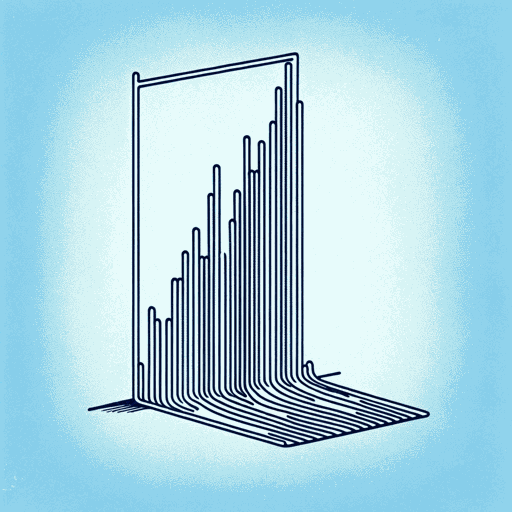45 pages • 1 hour read
Darrell HuffHow to Lie with Statistics
Nonfiction | Reference/Text Book | Adult | Published in 1954A modern alternative to SparkNotes and CliffsNotes, SuperSummary offers high-quality Study Guides with detailed chapter summaries and analysis of major themes, characters, and more.
Chapter 7Chapter Summaries & Analyses
Chapter 7 Summary: “The Semiattached Figure”
Chapter 7 covers the issue of the “semiattached” figure. Huff describes this in statistics as a situation in which one issue is demonstrated, but the results are used to prove another semi-related—or completely unrelated—thing.
Huff begins the chapter with a simple example of accomplishing the semiattached figure. A test is done in a laboratory that gives accurate and demonstrable results. When publishing the data, however, the person doing so links it to health benefits that cannot be proven. Huff continues by providing more examples, such as that of a hypothetical poll made to disprove racial prejudice. The poll actually measured the prejudice but could be spun to present the desired results. He follows with examples from advertising, including advertising cigarette brands by how many doctors smoke them or an electric juicer that used an irrelevant comparison to make its claims.
The following section continues the thread by examining the statistics of accidents. Here, Huff focuses on the issue of proportions when looking at statistical results. For example, he notes that more accidents are reported in certain types of weather or times of day, but this result is not because they are more dangerous; instead, more people are traveling under those circumstances than otherwise.

